| ||
Hotlinks to important features.
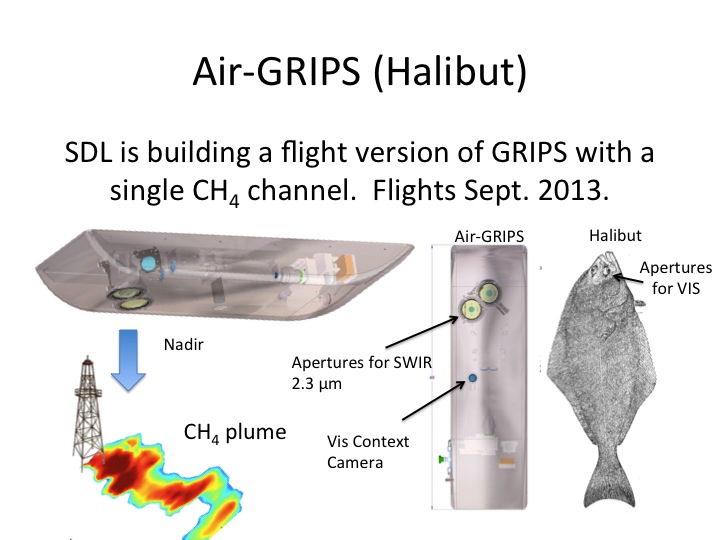 Aircraft version of GRIPS CH4 detector SDL.
Aircraft version of GRIPS CH4 detector SDL.
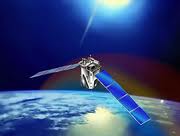 Success stories. GATS.
Success stories. GATS.
 Mark Schoeberl Homepage.
Mark Schoeberl Homepage.
Science and Technology Corp.
ADDRESS
MORE Full CV as file.doc
|
Hotlinks to important features.
|
Investigation OverviewThe GRIPS instrument, elegant in its simplicity, uses gas filter correlation radiometry (GFCR) to detect reflected and thermal IR radiation from geostationary orbit. GRIPS has the power to measure trace gas column content with excellent precision and sensitivity down to the Earth’s surface at ~8 km nadir resolution. GRIPS can also resolve CO2, CO, and CH4 anomalies in the planetary boundary layer and the free troposphere to quantify lofting, diurnal variations and long-range transport. With repeated measurements throughout the day GRIPS can maximize the number of cloud freemeasurements determining biogenic and anthropogenic sources, sinks, and fluxes. Finally, the GFCR technique is, to first order, insensitive to aerosols interference. GRIPS is highly complementary to the Orbiting Carbon Observatory, OCO-2, TEMPO, and other existing and planned missions. By itself or when combined with measurements of NO2, SO2, H2CO, and aerosols from UV/VIS instruments, GRIPS can fingerprint all the major pollution sources and correct emissions inventories. In addition to TEMPO, two geostationary opportunities – GEO-KOMPSAT-2B over East Asia and European Sentinel 4 over Europe/Africa – are available in the time frame for our proposed EVI instrument delivery. For design specificity in this proposal we target TEMPO. |
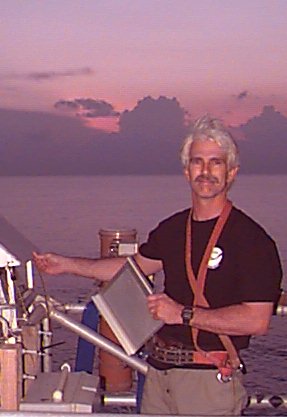 PI Russell R. Dickerson Homepage.
PI Russell R. Dickerson Homepage.
Department of Atmospheric and Oceanic Science
The University of Maryland
College Park, MD 20742
Professor, AOSC Full CV as file.doc
![]() Daily Cycles in CO Kostya Vinnikov Homepage.
Daily Cycles in CO Kostya Vinnikov Homepage.
Biblioigraphy
Here are links (PLACE HOLDERS FOR NOW) to other important features.
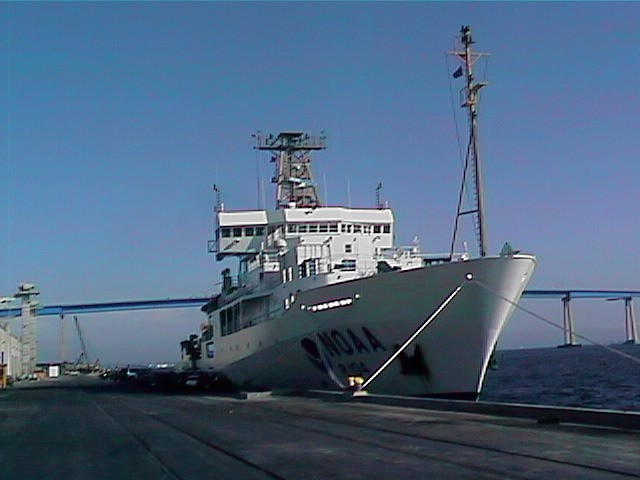 NOAA Research Vessel Ronald Brown
used in INDOEX, 1999.
NOAA Research Vessel Ronald Brown
used in INDOEX, 1999.
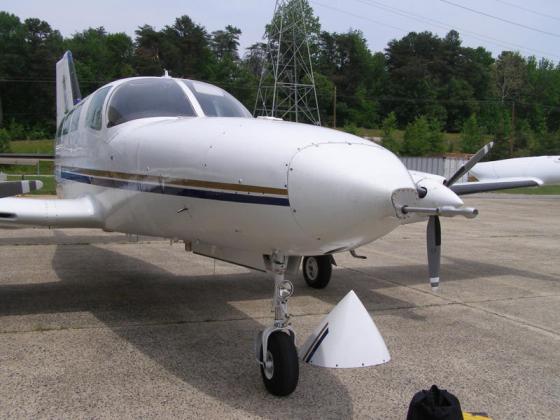 Cessna 402B used in RAMMPP.
Cessna 402B used in RAMMPP.